With a permanent collection that tops four million pieces, the Victoria and Albert Museum is the largest decorative arts museum in the world. It’s also one of London’s most interesting and diverse museums.
About the Museum and its Collection

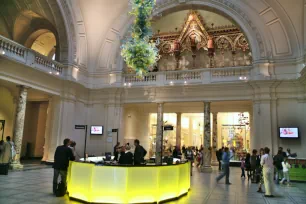
Founded in 1852 and opened at its current location in 1857, this amazing museum boasts three thousand years worth of artifacts from the world’s richest cultures. The collection includes everything from paintings and photographs to jewelry, ceramics, and textiles.
The museum’s British Galleries are especially impressive and house the most comprehensive collection of British design and art anywhere, spanning four centuries, from 1500 to 1900. Visitors can also explore the four-thousand-year history of glass, browse through myriad examples of post-classical European sculpture, view a photography collection that began back in 1852, and wander through rooms full of childhood treasures, including dolls, toy cars, games, and costumes.
And that’s only the tip of the iceberg. The V&A also has an impressive collection of East Asian decorative arts, a fashion and jewelry exhibit that ranges from the seventeenth century until today, an impressive metalwork display, and more than fourteen thousand pieces of furniture from Britain, Continental Europe and America that date from the Middle Ages to the present day.
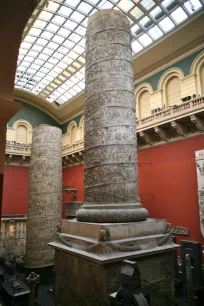
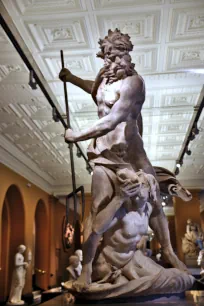
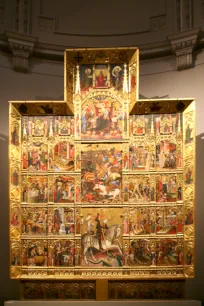
Some Highlights
The museum’s collection is so diverse, it is difficult to pinpoint the highlights. One of the visitor’s favorites are the cast courts, a collection of casts of famous European monuments and sculptures.
At the end of the nineteenth century, when most people weren’t fortunate enough to travel around the continent, casts were a popular way of showing famous foreign monuments to the people. Among others, there are casts of Trajan’s column in Rome, the Portico de la Gloria from the Cathedral of Santiago de Compostela in Spain as well as a plaster replica of Michelangelo’s David sculpture.
Another favorite is the ‘Tiger of Tipu’, an eighteenth-century wooden mechanical construction depicting a British soldier attacked by a tiger. The construction, which was built for the Indian Sultan Tipu, even produces growling and screaming sounds.

To truly see the museum, you’ll need much more than just one day and no matter how many times you return, you’ll never pay a dime. Admission to the Victoria and Albert Museum is free and has been since 2001, but donations are welcomed.
Museum Architecture
The landmark front facade of the Victoria and Albert Museum stretches 220 meters (720 feet) along Cromwell Gardens. Fashioned from red brick and Portland cement, this portion of the museum was designed by Aston Webb in 1891 and served as an addition to the original museum. Construction took place from 1899 to 1909.
Webb’s design is rather eclectic. Most of the detail is Renaissance in style, though the building does have some medieval elements. The shallow arches supported by slender columns are Romanesque in form, and the detail there is decidedly classical. The tower above the main entrance is reminiscent of those built in the late Gothic period, particularly in Scotland. The extensive use of marble is evident in the interior.
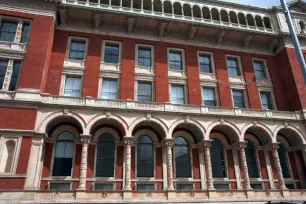
The museum survived World War II pretty much intact, and it wasn’t until the 1950s and 1960s that additions and renovations began to be made, including the addition of the Henry Cole wing.
Renovation and Expansion
In 2001, the museum released the details of what they dubbed the “Future Plan”, which comprised its roadmap for the renovation and expansion of the museum over the following decades. In the first phase, the museum renovated several galleries with the help of renowned architects. And in 2009 it opened two new galleries: one displays ceramics and another houses an extensive collection of Medieval and Renaissance artifacts.
The second phase of the expansion plan was launched in 2010 when V&A announced it would hold a design competition for a major expansion of the museum. An earlier plan for the expansion in 2004 was met with fierce opposition due to its modern design, which showed a glass, seven-story-tall spiraling structure designed by Daniel Liebeskind. The museum instead decided to expand underground with a gallery designed by Amanda Levete Architects. The new expansion, which also features a new courtyard entrance and foyer, opened in 2017.

